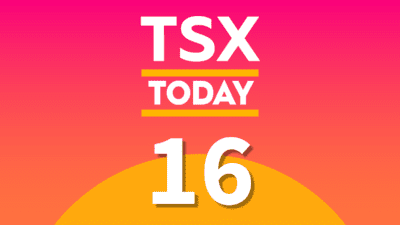Brookfield Asset Management Inc. (TSX:BAM.A)(NYSE:BAM) offers many choices to investors. The company runs three listed partnerships–Brookfield Property Partners LP (TSX:BPY.UN)(NYSE:BPY), Brookfield Infrastructure Partners L.P. (TSX:BIP.UN)(NYSE:BIP), and Brookfield Renewable Energy Partners LP (TSX:BEP.UN)(NYSE:BEP)–and will soon be running a fourth when it spins out its private equity division. Of course, investors can always buy shares of Brookfield Asset Management itself.
On that note, you’re probably better off buying Brookfield Asset Management stock than any of its listed partnerships. We’ll look at three reasons why below.
1. Instant diversification
Conglomerates generally tend to trade at a discount, and this is because many investors don’t like to make to make multiple bets at once. There are some investors who want to bet on renewable power. Some may be looking to bet on real estate. And others are just looking for safety, which makes infrastructure a perfect choice.
That being the case, we should all be diversifying our portfolios anyways, and Brookfield Asset Management shares get us one step closer to that goal. Better yet, the stock trades at a very reasonable valuation (arguably a discount) when considering the company’s historical performance.
2. Dividends can be overrated
All three of Brookfield Asset Management’s listed partnerships have very attractive dividends. To illustrate, Brookfield Property’s payout yields nearly 5%. Brookfield Infrastructure yields more than 5.5%. And Brookfield Renewable Energy yields more than 6%. Those numbers are quite high considering the safety of these payouts.
Consequently, these partnerships are very attractive among income-oriented investors. But that’s exactly the problem. With so many people hungry for stable, high-yielding dividends, share prices tend to get bid up. That leaves very little room for capital gains.
Meanwhile, Brookfield Asset Management yields only 1.5%. But this shouldn’t be a concern at all. The company has an excellent track record, so shareholders should prefer that management invests the company’s capital rather than distributes it as a dividend.
3. Incentives are everything
Brookfield Asset Management not only owns a piece of its listed partnerships, but the company also manages these partnerships and charges some hefty fees for doing so. These fees come in two forms: base management fees and incentive distribution rights.
Base management fees are equivalent to 1.25% of the funds’ total capitalization (Brookfield Renewable Energy and Brookfield Property are also subject to some small fixed fees). This creates incentive for Brookfield Asset Management; all the company has to do is make its funds as big as possible, perhaps by issuing more shares, and then collect more fees.
The incentive distribution rights reward Brookfield Asset Management based on how much cash is distributed to shareholders. This incentivizes the company to keep the distribution as high as possible, even if other cash uses (such as buybacks) are better for the funds’ unitholders.
I’m not saying that Brookfield Asset Management will purposely destroy value. After all, it owns a large chunk of these partnerships as well. But as an investor, you always want management’s interest aligned with your own. And in this situation, you’re most likely to get that with Brookfield Asset Management shares.







